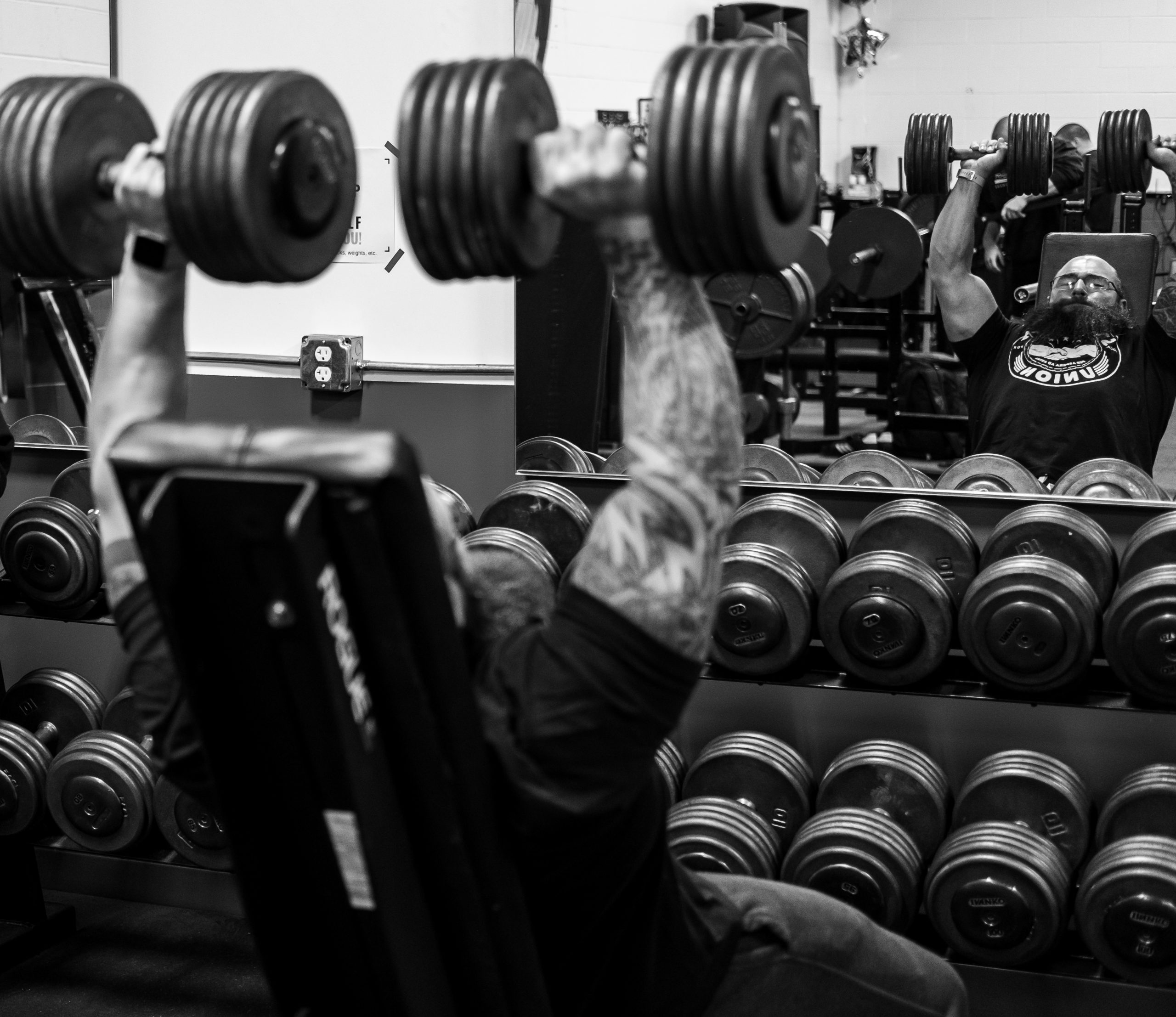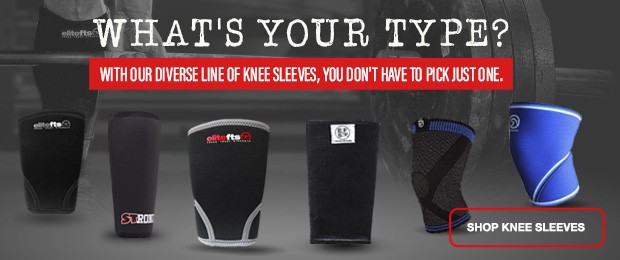
DOMS is delayed onset muscle soreness which we have thought for a very long time meant that we induced little micro-traumas to the muscles due to exercising that caused us pain to those trained muscles typically 1-3 days after training. Muscle soreness has been thought, but not super definitive, to be one of the drivers of muscle hypertrophy. In a recent study by Sonkodi et al 2020 hypothesized that there may be more to it than just trauma to the muscle, in fact, trauma to the muscle does not even have to occur to get DOMS. Their conclusion was that "DOMS is an acute compression axonopathy of the nerve terminals in the muscle spindle caused by the repetitive superposition of compression with a coinciding cognitive demand, coupled with possible micro-injury to the surrounding tissues and enhanced by immune-mediated inflammation. Our theory states that DOMS happens only if the superposition of compression reaches the muscle spindle and micro-injuries the nerve terminals under cognitive demand."
By going through this paper it lets us know the underlying mechanisms of DOMS as not just muscle damage but it is more from pressure on the nerves and by having this pressure occur it makes sense that our output would be downgraded due to DOMS. It shows why when we get back into training or elicit a novel stimulus to get DOMS that we end up holding on to some water. It also shows the role of the sympathetic nervous system plays in blunting the pain signals that allow us to push to the point that causes this trauma to the neural area. they also conclude that DOMS can play an important role in muscle growth and adapting the nervous system. By understanding that DOMS is not solely caused by muscle damage will allow us ways to look into all the mechanisms more and to really see if it can help push along muscle growth.
References:
Sonkodi, B., Berkes, I., & Koltai, E. (2020). Have we looked in the wrong direction for more than 100 years? Delayed onset muscle soreness is, in fact, neural Microdamage rather than muscle damage. Antioxidants, 9(3), 212. https://doi.org/10.3390/antiox9030212









